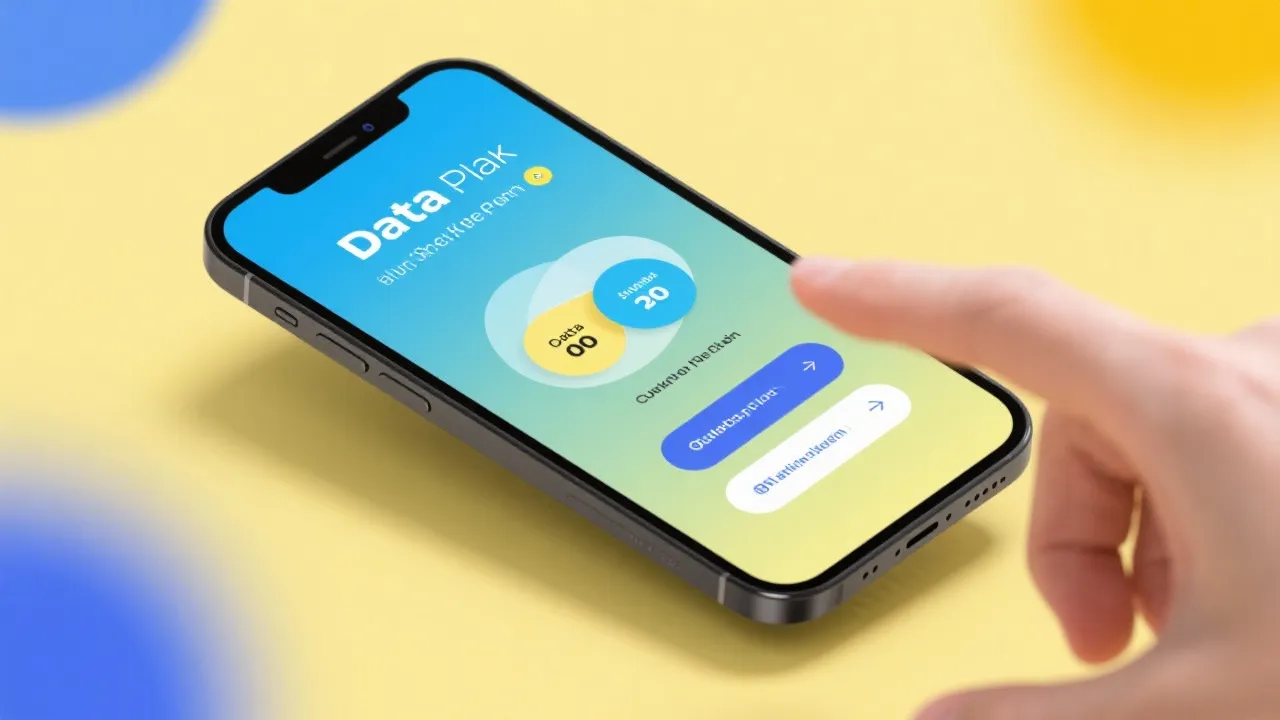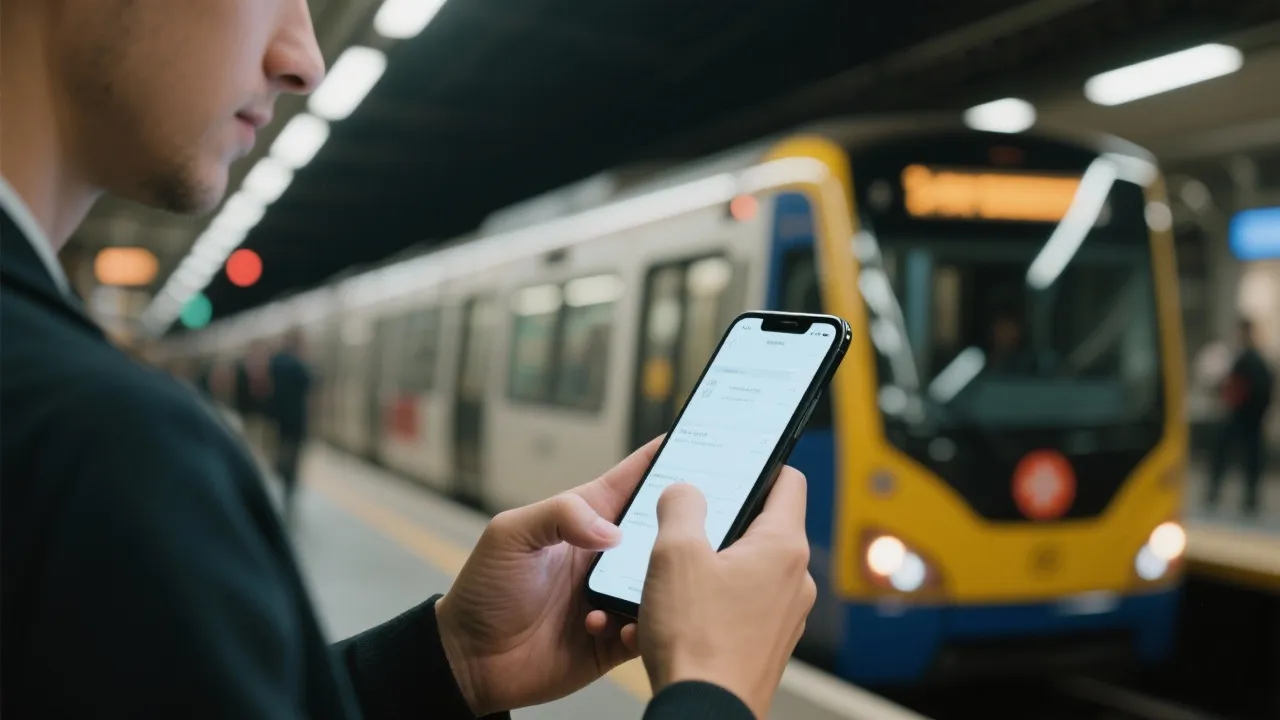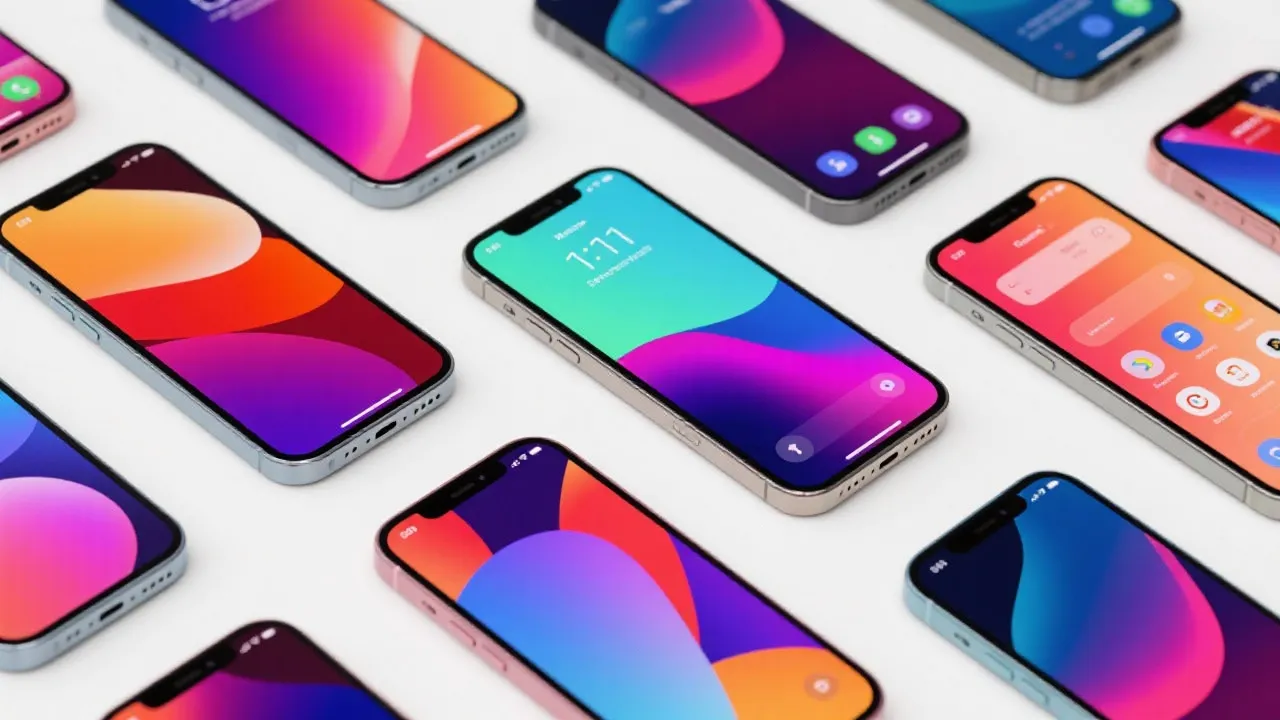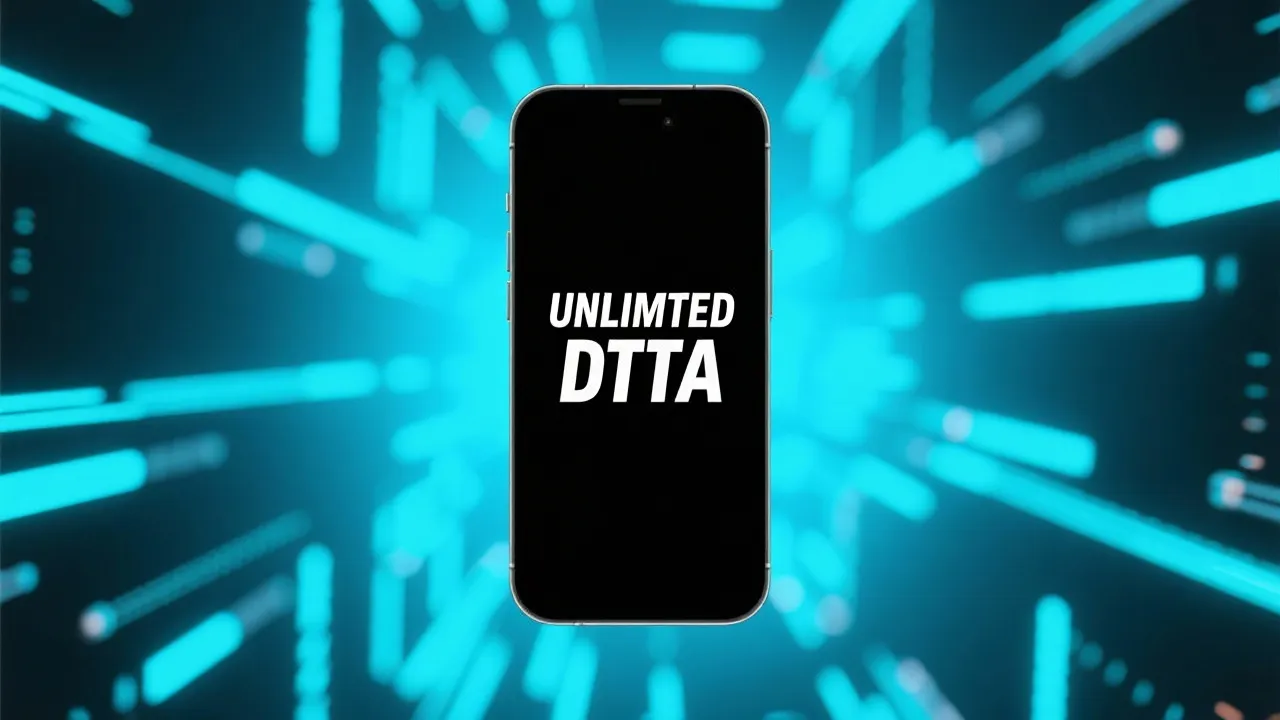Navigating Affordable Phone Data Services
This guide delves into the world of affordable phones with unlimited data offerings, providing a thorough examination of various service providers and their eligibility criteria. In today's hyper-connected society, access to phones and data is vital for communication, browsing, and other online needs. These services, often backed by government support, cater to low-income individuals or those participating in assistance programs.
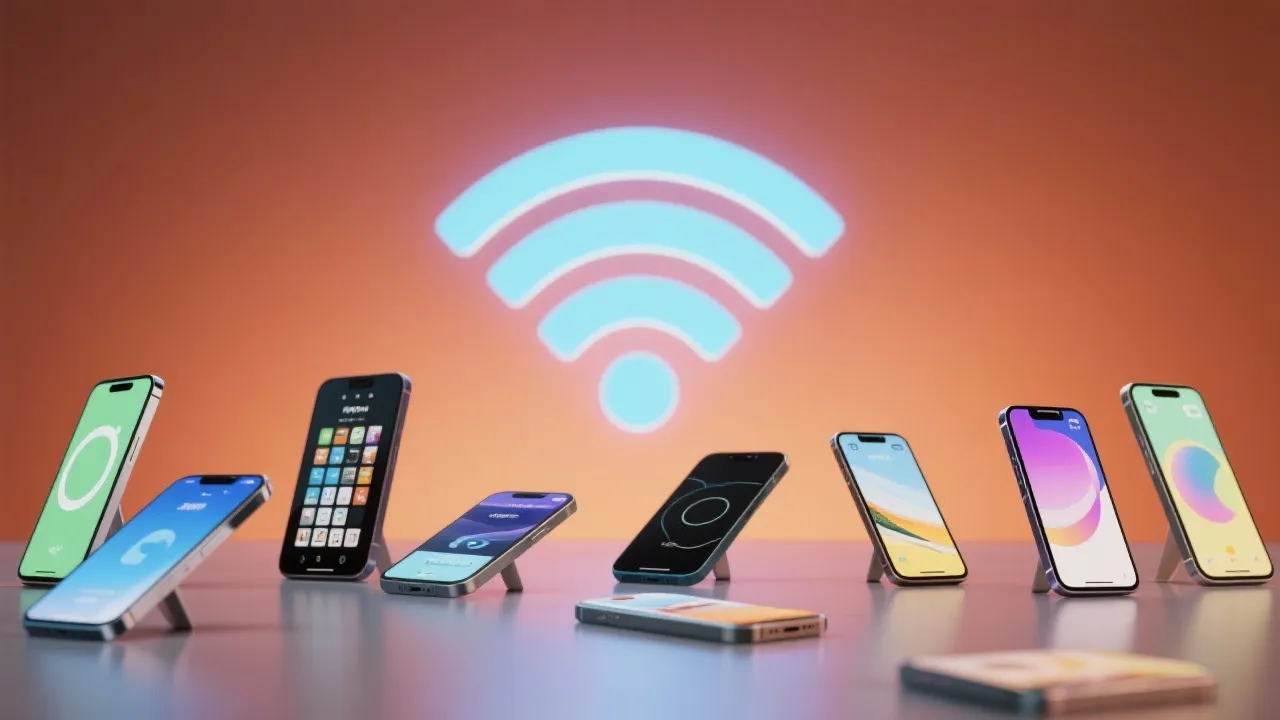
Understanding the Landscape of Affordable Phone and Unlimited Data Services
In the digital age, having access to a reliable communication device and data plan is becoming increasingly essential. As our dependence on technology grows, so does the need for affordable mobile services. Various programs and service providers have stepped in to offer solutions in the form of affordable phones and unlimited data plans, targeted primarily at those who qualify under certain income brackets or government assistance programs. The growing emphasis on connectivity has made these services not just a luxury, but a fundamental necessity for many households, particularly as vital functions such as schooling, job applications, and socializing increasingly migrate online.
Leading Providers Offering Affordable Phones with Unlimited Data
Several service providers have stepped up to address the need for affordable and sometimes even complimentary phone services that include unlimited data. These providers often collaborate with government initiatives to provide reduced costs or affordable services to qualified individuals. Let's take a closer look at some leading providers in this space:
| Provider | Services Included | Additional Costs |
|---|---|---|
| SafeLink Wireless | Affordable smartphone or BYOD, unlimited text, calls, and data (depending on the plan and state) | Upgrades for premium devices or extra data may involve additional fees |
| Assurance Wireless | Affordable Android smartphone, unlimited talk, text, and a finite amount of data per plan | Additional high-speed data or international calling options are available for an extra fee |
| StandUp Wireless | Affordable smartphone or BYOD, talk, text, and data plans | Fees apply to premium phone upgrades or larger data packages |
| Access Wireless | Unlimited voice, text, and limited high-speed data | Costs associated with data boosts and device upgrades |
| True Wireless | Government-supported phones providing voice and data services | Optional device improvements or additional data plans incur charges |
Eligibility Requirements and How to Apply
To take advantage of these phone service plans, applicants must meet certain eligibility criteria. Typically, eligibility is based on income levels or participation in government programs such as Medicaid, Supplemental Nutrition Assistance Program (SNAP), Supplemental Security Income (SSI), or the Federal Public Housing Assistance (FPHA). Here is a streamlined process to qualify and apply:
- Income Verification: Applicants must show that their household income is at or below 135% of the federal poverty guidelines for Lifeline or 200% for the Affordable Connectivity Program (ACP). This can involve submitting pay stubs, tax returns, or a letter from a qualifying government program.
- Government Program Participation: Enrollees in eligible programs like SNAP, Medicaid, SSI, and FPHA typically qualify for benefits. Applicants may need to provide documentation confirming their enrollment in such programs.
- Online Application: Each provider offers an online application form which needs to be filled out, sometimes requiring additional documentation to verify eligibility. Application procedures vary slightly by provider but often require an account setup on their respective websites or use of the Lifeline National Verifier.
- Proof of Identity: A valid identification document may be required to confirm the applicant's identity. Acceptable forms include a driver's license or state-issued ID.
- Address Verification: Applicants must provide proof of residency, which could include utility bills, lease agreements, or bank statements showing the address.
Frequently Asked Questions
Here are common queries regarding affordable phone services with unlimited data offerings:
- Can anyone apply for these services? Participation in government assistance programs or meeting income requirements is typically necessary for eligibility. However, some additional assistance may also be available in certain states, so it's wise to check both state and federal resources.
- What types of phones are available? Many providers offer basic smartphones, although there are options to bring your own device (BYOD) or upgrade to a higher-end model at an additional cost. Some programs are committed to offering two or three generations back of smartphones, allowing for some leeway in technology without prohibitive costs.
- Is unlimited data truly unlimited? While many plans offer unlimited data, high-speed data might be capped at a certain point, reverting to lower speeds post limit. It's vital for users to read the fine print of their agreements to understand those thresholds.
- How soon will I receive a phone once approved? Delivery times vary by provider, but typically, once an application is approved, the device is shipped within a few business days to a week. Users can often track their delivery through the provider's online platform.
- Can I change my plan later? Most providers allow users to change their plan as needed, but specifics can vary. It’s advisable to consult with customer service or the provider’s website for any potential fees or requirements involved in making such changes.
- Are there restrictions on how I can use my phone? While there are generally no restrictions on local calls, exceeding certain data limits or using data in international roaming scenarios may lead to extra charges or throttling. Each provider’s terms and conditions will clarify acceptable usage.
Challenges in Accessing Affordable Phone Services
While many affordable phone and unlimited data plans are designed to bridge the gap for individuals on lower incomes, several challenges can arise during the application process or following enrollment. Addressing these issues is crucial for both service providers and applicants. Here are some of the notable obstacles:
- Lack of Awareness: Many eligible individuals are simply unaware of the available programs. There is often a lack of advertising or outreach to inform potential applicants of their options. Increasing community engagement and awareness can help reach those who qualify.
- Complex Application Processes: The process of applying for these services can be daunting, with varying eligibility requirements and documentation needed across providers. Efforts to simplify the application process and streamline documentation requirements would enhance access.
- Limited Availability in Rural Areas: Some affordable plans may not be available in all areas, particularly in rural communities where services may be limited. Expanding coverage and establishing partnerships with local government programs may help alleviate this issue.
- Technological Barriers: Individuals without internet access may struggle to complete online applications or manage their accounts. Providing alternative application methods, such as mail-in forms or in-person assistance, could improve access for this demographic.
- Device Limitations: While many services offer smartphones, individuals may prefer specific models or require more advanced technology that is not covered under these programs. Enhancing options for device selection would cater to a broader audience.
The Importance of Digital Literacy
Digital literacy plays a significant role in the successful utilization of affordable phone services. Users need to be comfortable with not only using their devices but also navigating the internet for essential services such as education, job searching, and healthcare. Here’s why digital literacy is vital:
- Maximizing Benefits: Understanding how to use smartphones effectively allows users to make the most of their services, from taking advantage of unlimited data for online learning resources to connecting with others through virtual communication platforms.
- Avoiding Scams: As more individuals go online, the risk of scams increases. Digital literacy helps users recognize and avoid scams, ensuring they remain safe while using their devices.
- Engagement with Community Resources: Many local organizations provide digital training programs aimed at enhancing skills, which can lead to increased employment opportunities and community engagement.
- Staying Informed: Digital literacy equips individuals to access important information, from health resources to government services, ensuring they stay up-to-date and connected within their communities.
Future Trends in Affordable Phone Services
As technology advances and the demand for connectivity continues to rise, the landscape of affordable phone services is expected to evolve significantly. Several trends that could shape the future of these services include:
- Enhanced Connectivity Options: With the upcoming expansion of 5G networks, affordable phone services will likely enhance their offerings to include higher-speed data that can accommodate more demanding applications. Increased speed and reliability may allow for more significant engagement in remote working and online education.
- AI Integration: Customer service is likely to become more intuitive and user-friendly thanks to artificial intelligence. Enhanced chatbots and support systems can decrease wait times and improve the overall experience for users seeking assistance or information.
- Personalized Plans: Technology enables providers to analyze user behavior and preferences more accurately. Through data analysis, they could offer more tailored and flexible plans that better suit individual needs and usage patterns.
- Increased Partnerships: To broaden the reach and accessibility of services, providers may collaborate with various organizations such as schools, community centers, and non-profits, integrating services and expanding awareness campaigns to highlight available options.
- Sustainability Focus: As more emphasis is placed on sustainability, affordable phone services may increasingly focus on eco-friendly practices, from device recycling programs to offering devices made from sustainable materials.
Conclusion
A wide range of services and providers are available for those eligible for such affordable phone services. As the digital divide remains a significant challenge in today's technologically advancing world, these programs help bridge the gap for many Americans. The landscape of affordable phone services is continuously evolving to meet the needs of diverse populations, as more individuals rely upon these technologies for their daily lives.
Applicants are encouraged to thoroughly review the specific requirements of each provider to ensure they meet the necessary criteria. Staying informed about changes in services, eligibility, and technological advancements will empower individuals to make the best choices for their communication needs. Additionally, fostering digital literacy within communities can lead to greater independence and opportunities for growth for those leveraging these vital services.
Disclaimer: The above information is sourced from online resources as of October 2023. This website cannot assure the acquisition of a government-supported phone. For precise application requirements, please refer to the specific provider's official guidelines. Updates may not be reflected in real-time on this website.
References:
-
1

Reducing Costs and Enhancing Technology in Solar Panels
-
2

Affordable Life Insurance Options for Seniors
-
3

Comprehensive Guide to Choosing the Right Smartphone
-
4

Unlock Affordable Online Learning: A Seniors’ Guide to Economical Educational Opportunities
-
5

Discover the Keys to Landing Your Perfect Work-from-Home Job: An Essential Guide





